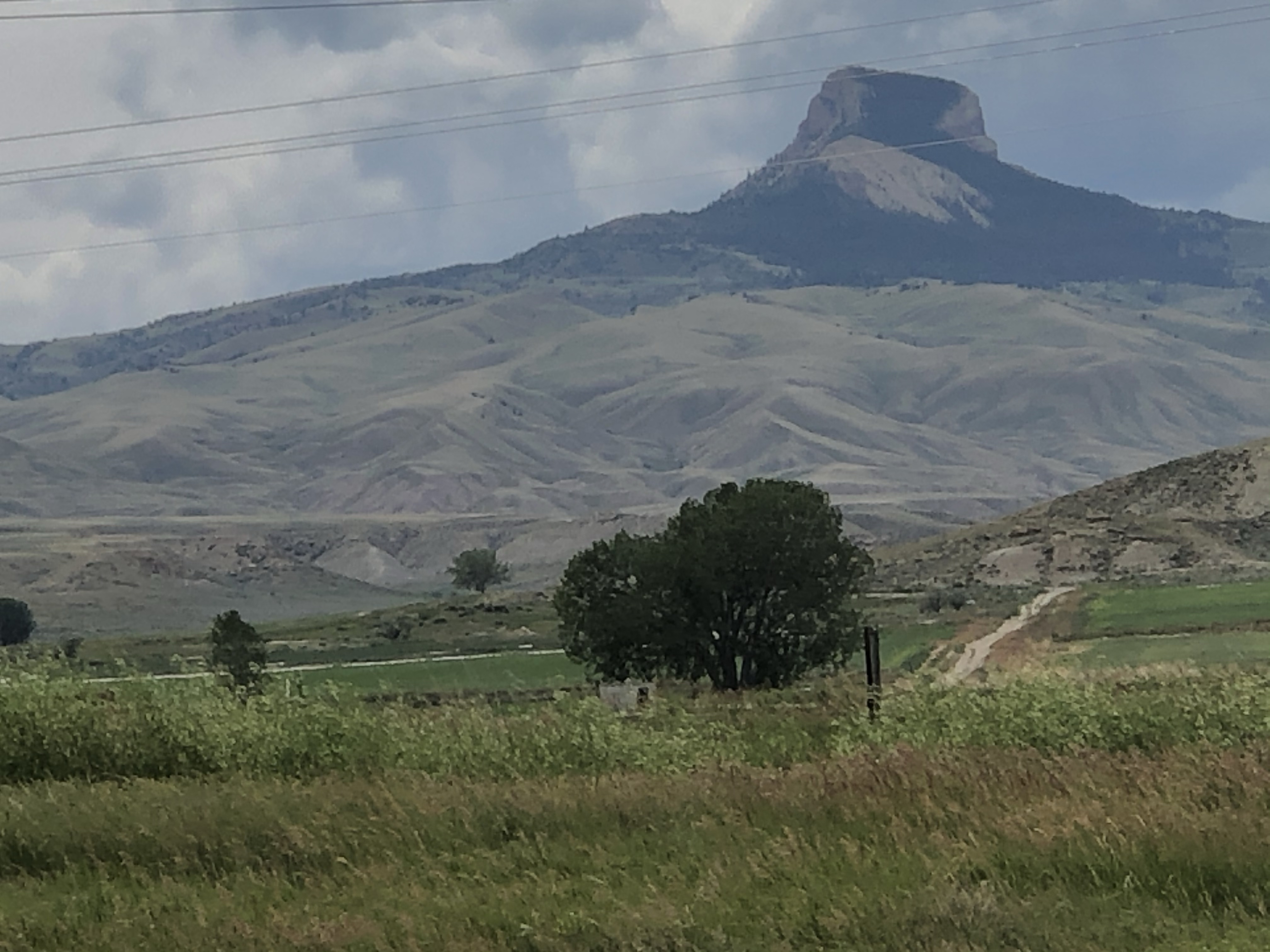Outside of Cody, Wyoming, near Powell, is the Heart Mountain Interpretive Center, the site of a Japanese American Internment Camp from World War II. More than 122,000 Japanese Americans were brought against their will to ten different internment camps across the United States. John’s mother is from Japan, so visiting Heart Mountain was really important to our family. It is hard to imagine that if we were living in those times, my family would be forced to move across the country, leaving everything behind.
Just a little over two months after Pearl Harbor was attacked during World War II, President Franklin D. Roosevelt signed an Executive Order authorizing the forced removal of Japanese Americans from areas the military deemed a threat to national security (such as military bases). Most of the people of Japanese descent in the United States were living on the West Coast. Anyone who was at least 1/16th Japanese was forced to move. Many had successful farms and businesses. Many of these families were given only a 48 hour notice to pack up only what they could carry and were then brought to detention areas, and eventually to one of ten internment camps. 122,000 people were forced to live at these “relocation centers” or “internment camps”. Can you even imagine being given 48 hours to pack up a suitcase and be brought to a camp to live for an undetermined amount of time, leaving your home, business, bank accounts, everything behind. The Executive Order was signed in February 1942 and until Heart Mountain closed in September 1945, 14,497 people had been detained there.

The Heart Mountain Interpretive Center houses a museum with excellent displays that give you an idea of what it would have been like to live through that time in our history. The national attitudes that were present about Japanese people are shown through media sources, quotes, and videos to give you an idea of why this incarceration of so many people happened. The displays also show the life that was lived at the camp. Displays of how a typical family would have been forced to live, what daily camp life would have typically have been, and how the lives of so many people were affected, both during and after life at camp.





Four of the original buildings still stand. We were able to walk around the field and envision what life would have been like. In the area where the original buildings are, you can see remnants of the hospital, mess hall, and an administrative building.



Another outdoor space is set up as a walkway with stations that have information about what you would have seen from that viewpoint, and other information about the times when the camp was in operation.





Heart Mountain Relocation Center has been designated a National Historic Landmark. Educating ourselves about the history of our country and using that information to make wise decisions for the future is so important. Have you visited the Heart Mountain Internment Camp before? What was the most impactful part of the visit for you? If you are able to make it to the area for a visit, we highly recommend a stop here.

If you’d like to see more pictures and videos from our visit, check out our YouTube video. Let us know if you’ve visited Heart Mountain Interpretive Center or if you plan to go! Thanks for checking out our blog!




